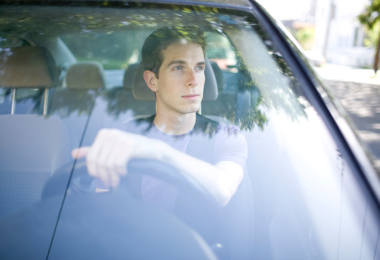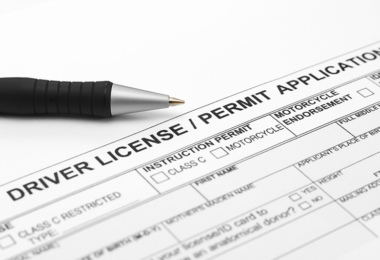Home / Modules / Components / Night restrictions starting at 9 or 10 pm / Key research findings
Key research findings
- Night restrictions have proven safety benefits. In a review of evaluations of night restrictions, Senserrick and Williams (2013) concluded that the effectiveness of night driving restrictions is well established.
- Earlier start times have been shown to have the most effects. The majority of U.S. states, however, do not restrict night driving until midnight or 1 am, but the evidence supporting earlier starts is strong. The McCartt (2010) and Trempel (2009) studies reported maximum benefits for 9 pm, the Masten 2013 study for 10 pm or earlier (19% lower incidence for 16-year olds), and the Masten 2014 study supported earlier than midnight.
- Safety benefits are apparent whether the restriction starts at 9 pm or midnight. The largest proportion of night driving 9 pm-6 am fatalities of 16 to 17 year olds take place prior to midnight, and state studies have shown that differential percentage reductions in restricted vs. unrestricted hours are similar in states whether the restriction starts at 9 pm or midnight. For example, in North Carolina, with a 9 pm start crashes of 16-year olds were reduced by 47% in restricted vs. 22% in unrestricted hours, and in Michigan with a midnight restriction at the time of the study, there was a 59% reduction in restricted hours vs. 32% in unrestricted hours.
- Even earlier night restrictions are likely beneficial but have not been studied. Although there may be additional benefits to having a night restriction start even earlier at 8:00 pm or even 7:00 pm, these earlier starting times have generally not been investigated so the strength of the evidence supports a restriction that starts at 9 pm.
- Safety benefits are similar for the ending time of a night restriction. The ending time for night restrictions in the United States varies generally from 4 am to 6 am (sunrise in one case), but there is no evidence of any differences in safety benefits.





